The Moonbow Guide To Buying Used Books
The thrill of the hunt! Thrifting tips & tricks for finding cool old books.
Thrifting is in my blood. Collecting and selling old stuff is our family business. Both my dad and grandpa had successful side jobs selling books, T-shirts, toys, and records on eBay and Amazon. To them, a garage isn’t meant for cars; it’s for storing junk (“cool” junk). My grandpa’s garage was a strange and mysterious place. It was dark and smelled of dust and old sneakers. As a little girl, I would enter it with excitement and trepidation, afraid one wrong turn would send the tall and precariously stacked towers of books and VHS tapes tumbling down on me. My father’s garage was worse. It was a maze of books, boomboxes, cassette tapes, and comic books. You needed a map to find your way around. Growing up, I would tag along on his weekend yard sale excursions. While he haggled with a neighbor over the price of a Mickey Mouse telephone, I would hunt for a My Little Pony to add to my collection. Those sunny mornings, browsing crowded driveways of discarded things are some of my happiest memories; they’re also where I learned the art of the find.
For better or worse, I inherited an obsession with objects and have taken over the family legacy. My wardrobe is almost entirely vintage, Facebook Marketplace and eBay are my most-visited websites, and I host pop-ups where I sell old books. When people ask if I have any hobbies, this is it. My skills are limited, but I can find that rare edition of Jane Eyre you’ve always wanted.
Since launching Moonbow three years ago, I’ve wanted to share a guide to buying used books, and today, I’m finally doing it.
This guide is filled with easy tips and tricks for beginners, such as creating a “catalog of desires,” how to quickly spot gems, my strategic thrifting routine, and maximizing success with little time. I’ve also included a few tips for shopping on eBay (when you can’t find what you’re looking for in the wild) and a printable catalog that explains the different forms of children’s books and includes a few of my favorite titles in each. I hope it helps!
(This post is too long for email. Make sure you click “expand” to read the whole thing.)
Create a catalog of desires
One of the biggest mistakes I see people make when thrifting books is not knowing what they want. Of course, you should be flexible and open to discovery (that’s part of the fun), but the more you go into it knowing what you like/need, the better your chances are for success.
A catalog of desires—whether on paper, your Notes app, or in your head (my crazy method)—sharpens your focus and increases your chances of spotting gems. It also allows you to familiarize yourself with genres, titles, authors, special editions, and prices. If you’re unsure where to start, look at book-related accounts on Instagram to see what interests you (such as Oly Oly Oxen Free Books, Womb House Books, Ok Books, and Moonbow). Create a collection in your Instagram Saved folder or on Pinterest. Engross yourself in typography, design, illustration, art history, and literary culture.

While being a reader is not required to buy and collect books, it does make the process easier and more rewarding. I don’t collect rare, expensive books; I collect books that I think are interesting and beautiful and want to read. The more I read, the more I discover new authors and books I want to explore. The process expands upon itself. You develop taste through research, learning, and exposure.
Browse by form
It may seem obvious to browse by form (this is how most bookstores are organized), but it’s still important to remember.
I always stick to a strategic search routine. First, I decide what form I’m most interested in browsing that day—usually, it’s “children’s picture books." Then, I move alphabetically through specific authors' last names.
For example, I start by browsing my favorite children’s picture book authors and illustrators, such as Margaret Wise Brown, Remy Charlip, Donald Crews, Wanda Gág, James Marshall, and Maurice Sendak. I look for books missing from my personal library, first editions, or to sell at pop-ups. Often, I’m on the hunt for a specific cover.
Note: If you’re looking for a picture book with a separate author and illustrator attached, it will typically be shelved under the author’s last name, unless the illustrator is very popular, like Sendak.
Once I’ve looked through the staples, I quickly scan for special titles, attractive spines, colors, and illustrations. I pull down anything that catches my eye—making a discovery is the best feeling! If I don’t have much time, I will take pictures of books I want to remember and cross my fingers that they will still be there next time.
If you need help getting started, I’ve created a printable catalog of the types of children’s books I like to shop for and a few select favorites in each category:
Don’t underestimate sale bins or boxes of uncategorized books. Once I found a signed James Marshall Fox At School in a bin for $2!
Each literary form has genres with its own characteristics and conventions. Not all used bookstores organize their books by genre, and most don’t have an inventory system. The more you learn about them, the more efficient you will become at searching for a specific book.
Here is my usual in-store browsing order:
picture books (children’s)
early readers (children’s)
chapter books (children’s)
graphic novels (children’s and adult)
fairy tales/folktales (children’s)
comics (children’s and adult)
art/photography/film/design/art history
fiction
poetry
essays, literary criticism (if they have one), women’s studies
memoir/biography
plays
science fiction
cookbooks
everything else
Pick a theme
A fun way to mix things up while book hunting is to pick a theme. One of my favorites is color. By picking a constraint you wouldn’t normally shop by, you open yourself up to discoveries. Try picking a color, and pull out any books you see with it. You won’t want most of them, but you’ll be surprised by what you find. Here are my finds from a “yellow” day:
Look for quirks
Because I’m not searching for the finest books, I like to look for quirks. Things like marginalia, handwritten dedications, drawings on the inside covers, unique author photos, and fading—these markings are special to me. They remind me of a book’s past life (or lives). I like imagining the lives of these books, and I’m excited to give them a new one.
Dig, climb, squat
Don’t be afraid to look in uncomfortable places. Some of my favorite bookstores shelf their notable classics up extremely high. Get up there! If you’re allowed to use the ladders, do it. If they require a staff member to use them, ask for help. Don’t avoid these areas because they are inconvenient.
Note: These books are often more expensive, but you might find a good deal if you know a book’s worth. If I’m unsure, I will quickly search on eBay to check. If a book is overpriced, I’m not afraid to negotiate. Most bookstores won’t change their prices, but you never know. (When shopping at an antique fair or yard sale, bargaining is customary.)
You should also dig through the random stacks on the ground. Often, those are the books that have recently come into the shop. Catch them before someone else does!
Make requests
Some used bookstores allow you to leave requests and will call you if they receive them. For example, Bell’s Books in Palo Alto is a fantastic independent bookstore in the Bay Area. It sells new, used, and rare books. Plus, its children’s section is huge! The booksellers there are very knowledgeable. Build a relationship with them. They will help you with hard-to-find books.
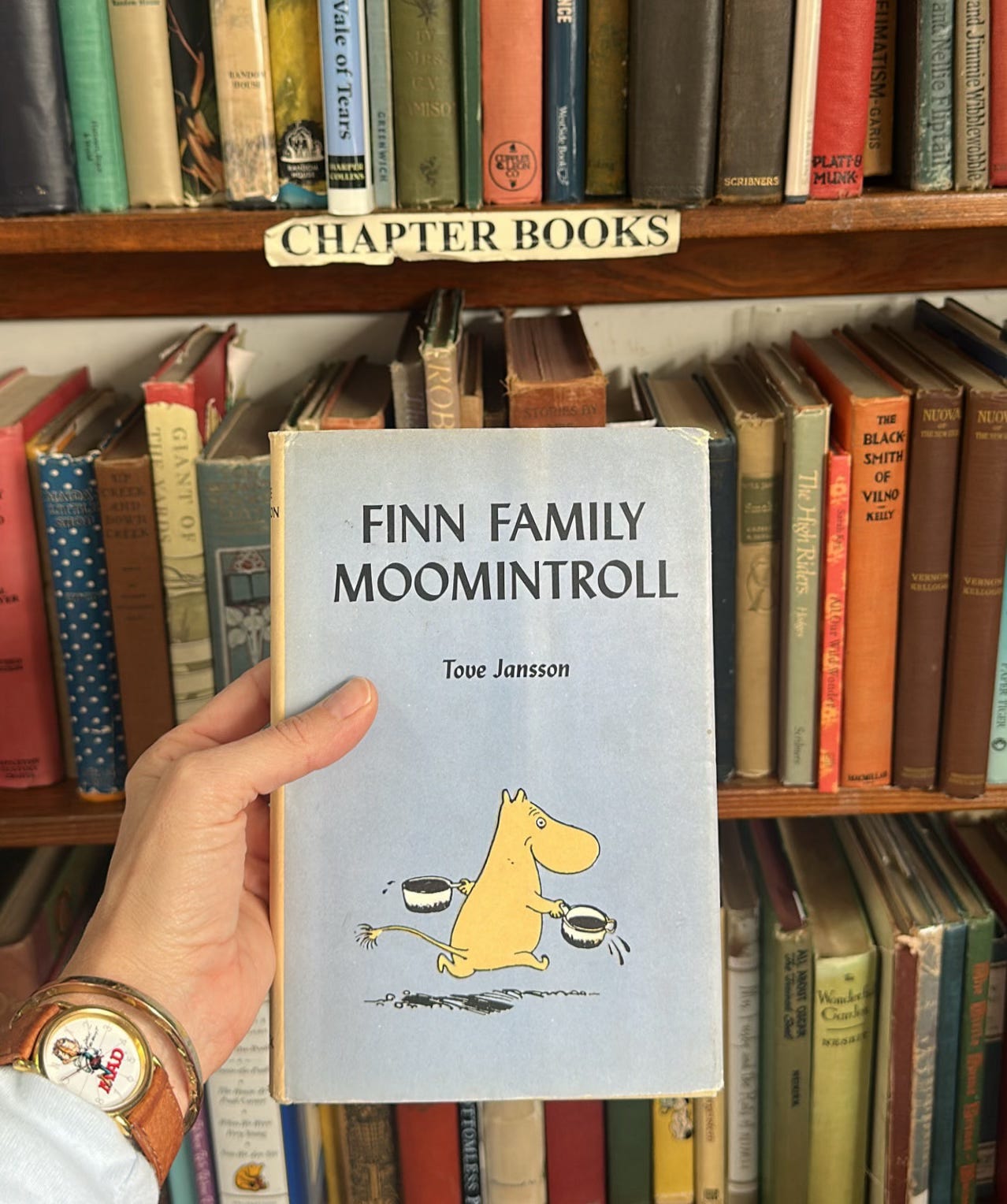
Accept regret
If you’re going to be a regular thrifter, you must accept regret. I leave behind so many excellent books. It hurts! But depending on my budget or needs, I have to be ruthless. If I have to buy in bulk for a pop-up, I can’t blow my entire budget on one book. Likewise, I can’t overload my house with mediocre books. You have to be smart and trust your gut.
I also have to accept that I’m going to miss great books. Either I don’t know about them (yet!) or don’t see them. This is why shopping with a friend can be fun. They might see something you missed and let you have it!
Buy Something
You should still buy something even if you don’t find what you want. These stores have been around forever, but they’re struggling. They need support. If you can’t find any book you want (I can’t imagine that), buy a sticker, a tote bag—anything!
Where to find used books
Used Bookstores: Here are some of my California Bay Area favorites: Bell’s Books (Palo Alto), Feldman’s Books (Menlo Park), City Lights (San Francisco), Green Apple Books (San Francisco), Moe’s Books (Berkeley), Marcus Books (Oakland), Womb House Books (Oakland), Recycled Bookstore (San Jose & Campbell), and Treehorn Books (Santa Rosa).
Thrift Stores: Goodwill, The Salvation Army, Savers, and your local thrift shops can be places to buy books, but it’s much harder to find good ones. Still, it’s worth looking.
Library Book Sales: Libraries often host book sales. This is a great opportunity to find cool books at a great price. It takes digging and a keen eye, but there are always a few decent books, especially in the children’s section.
Yard and Estate Sales: Both are terrific and usually the most affordable. People really want to get rid of their junk!
Shopping Online
eBay: I should start by saying I’m obsessed with eBay—like super obsessed. However, I only use it when looking for things I haven’t had success finding in real life. I use eBay to help me shop. I look for cool covers and special editions and save them to my “wish list,” and I take note of the prices. This is one way that I familiarize myself with the marketplace. I would much rather find a book by chance (and not pay for shipping) than order it online. But when I can’t do that, eBay is the best. Plus, you can haggle with the sellers! They’re usually open to negotiating. Remember to save your searches, set alerts, be wary of stock photos, contact sellers, and check in regularly. (Maybe I’ll do an entire post dedicated to shopping on eBay.)
Etsy: I hardly ever buy books on Etsy. They’re overpriced and can take forever to ship. That said, sometimes, I find good deals.
ThriftBooks: Unlike AbeBooks (owned by Amazon), ThriftBooks is independently owned. It’s a decent option, but I rarely use it because I can’t trust that the book is the edition pictured, and they always put awful, hard-to-remove stickers on their covers.
Small Shops: I love supporting small shops owned by dedicated booksellers with excellent taste, like Oly Oly Oxen Free Books.
Happy thrifting! If you find any good ones, leave me a comment. I’d love to hear about them.




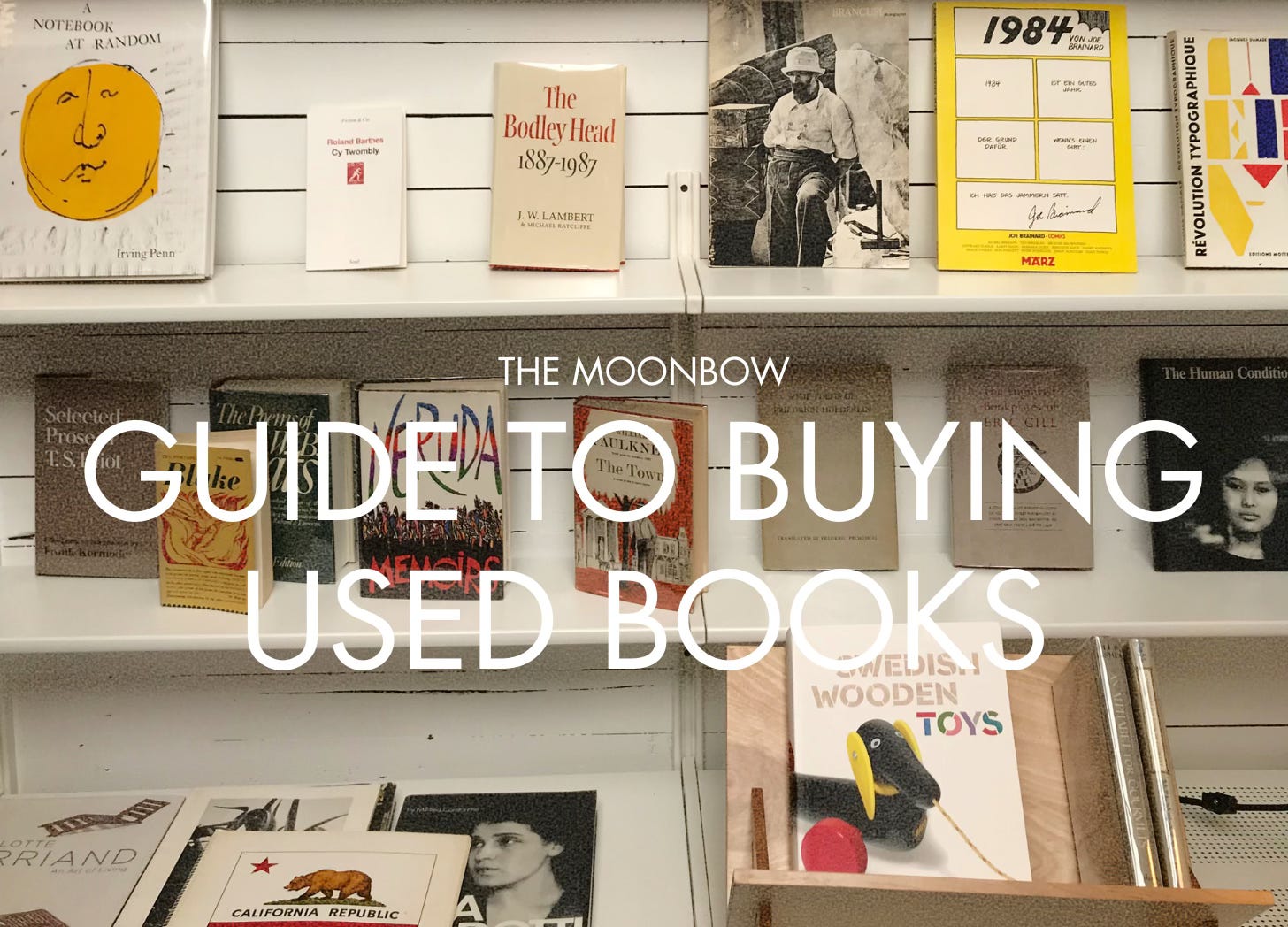
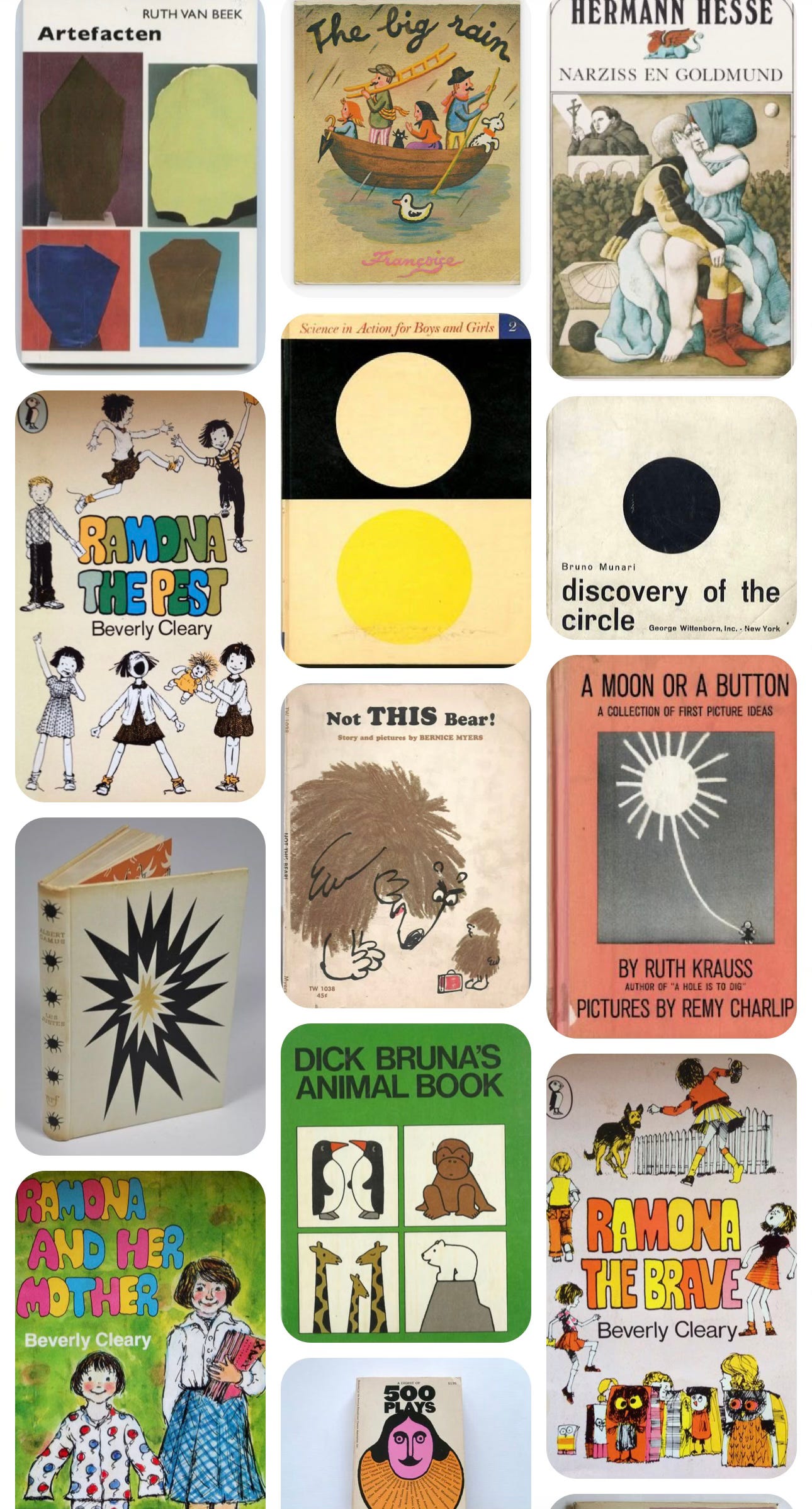
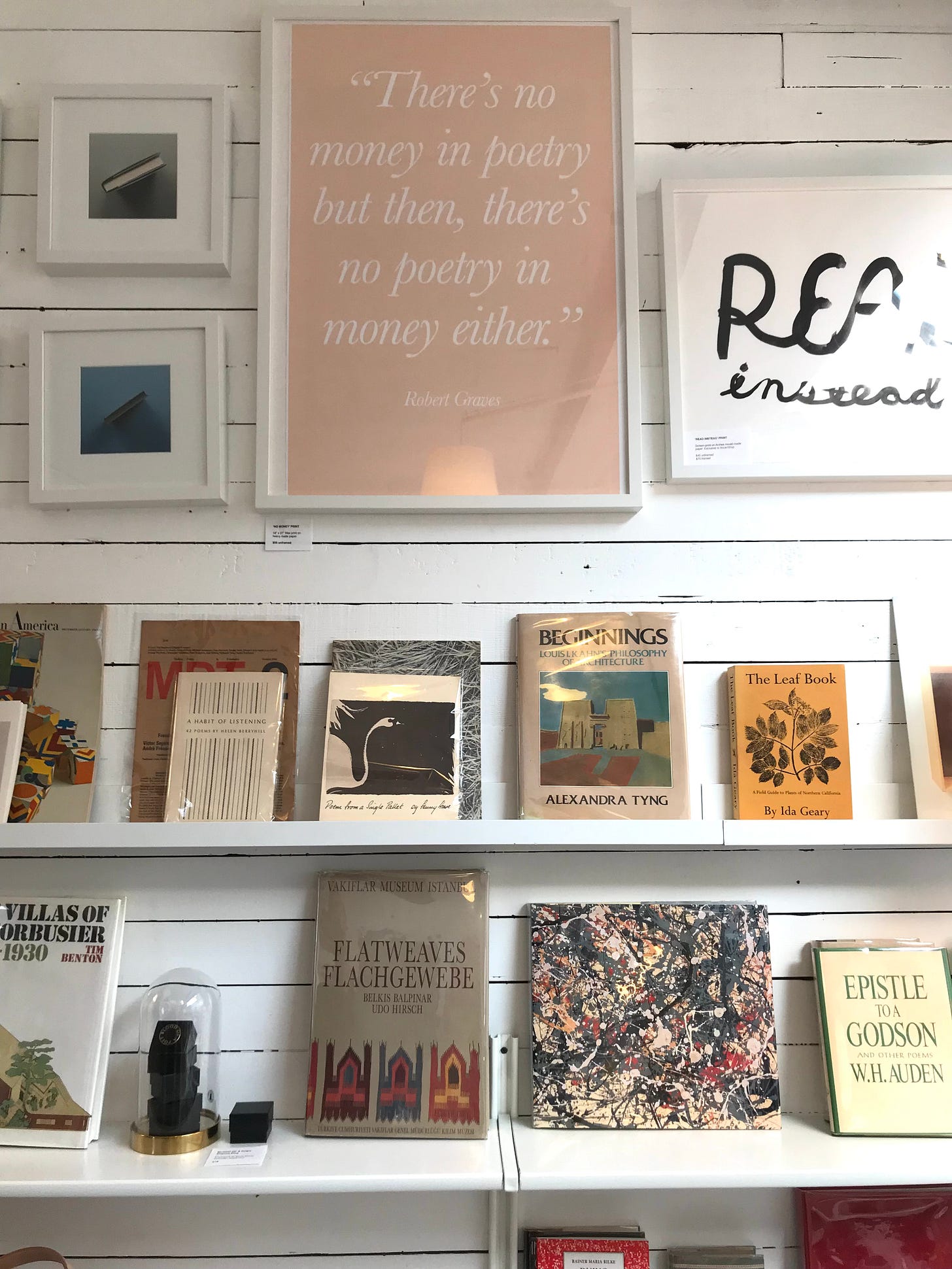
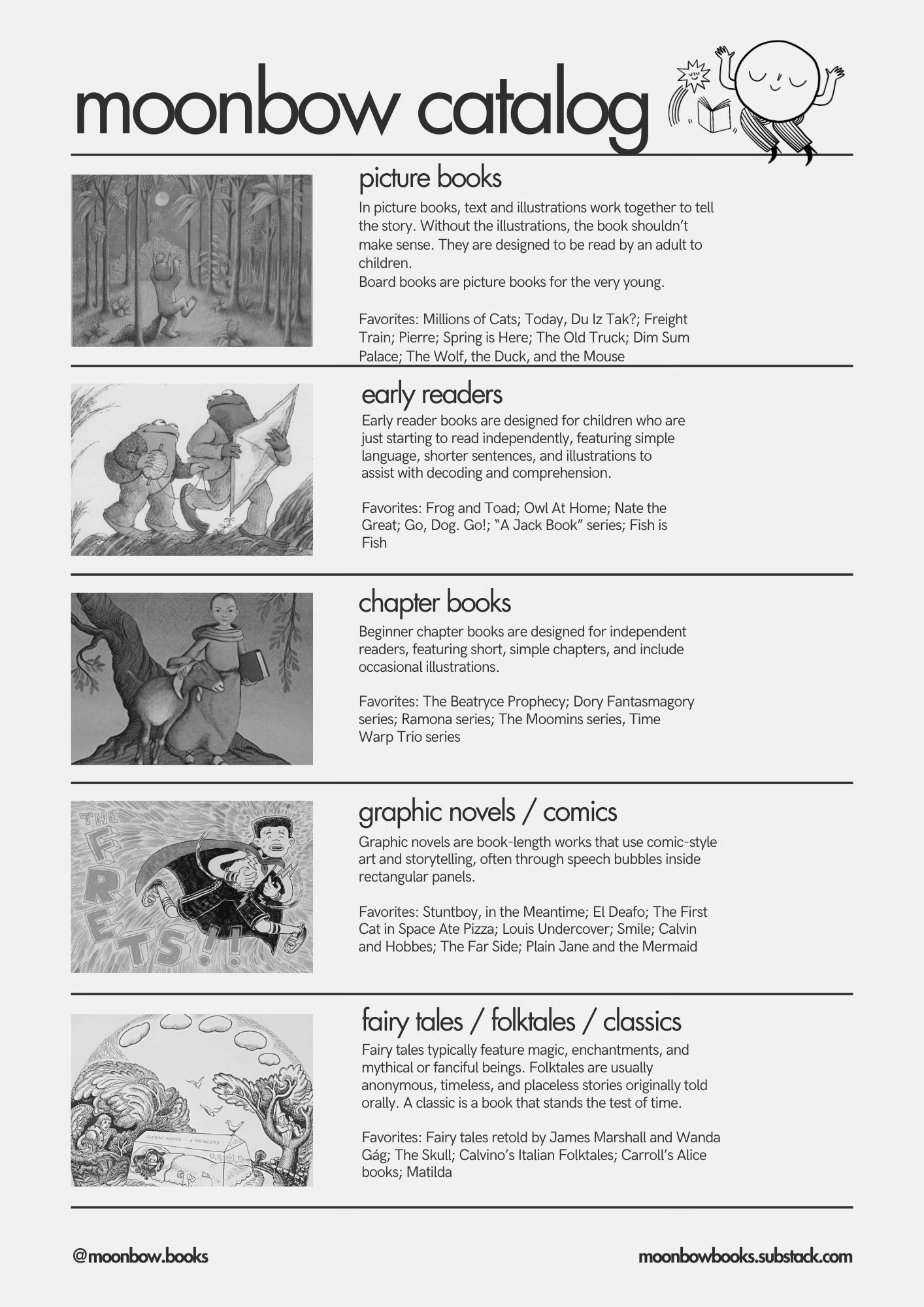





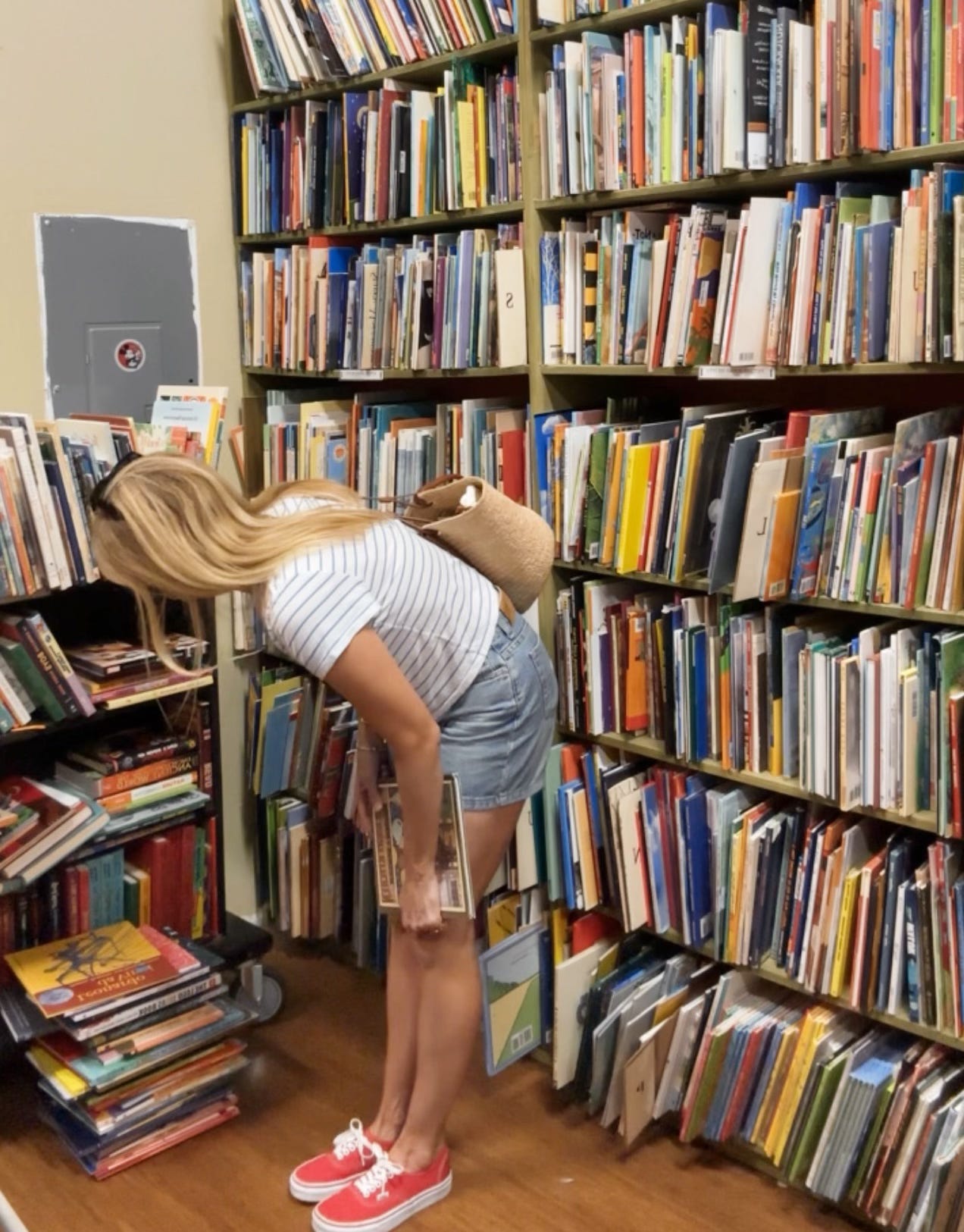



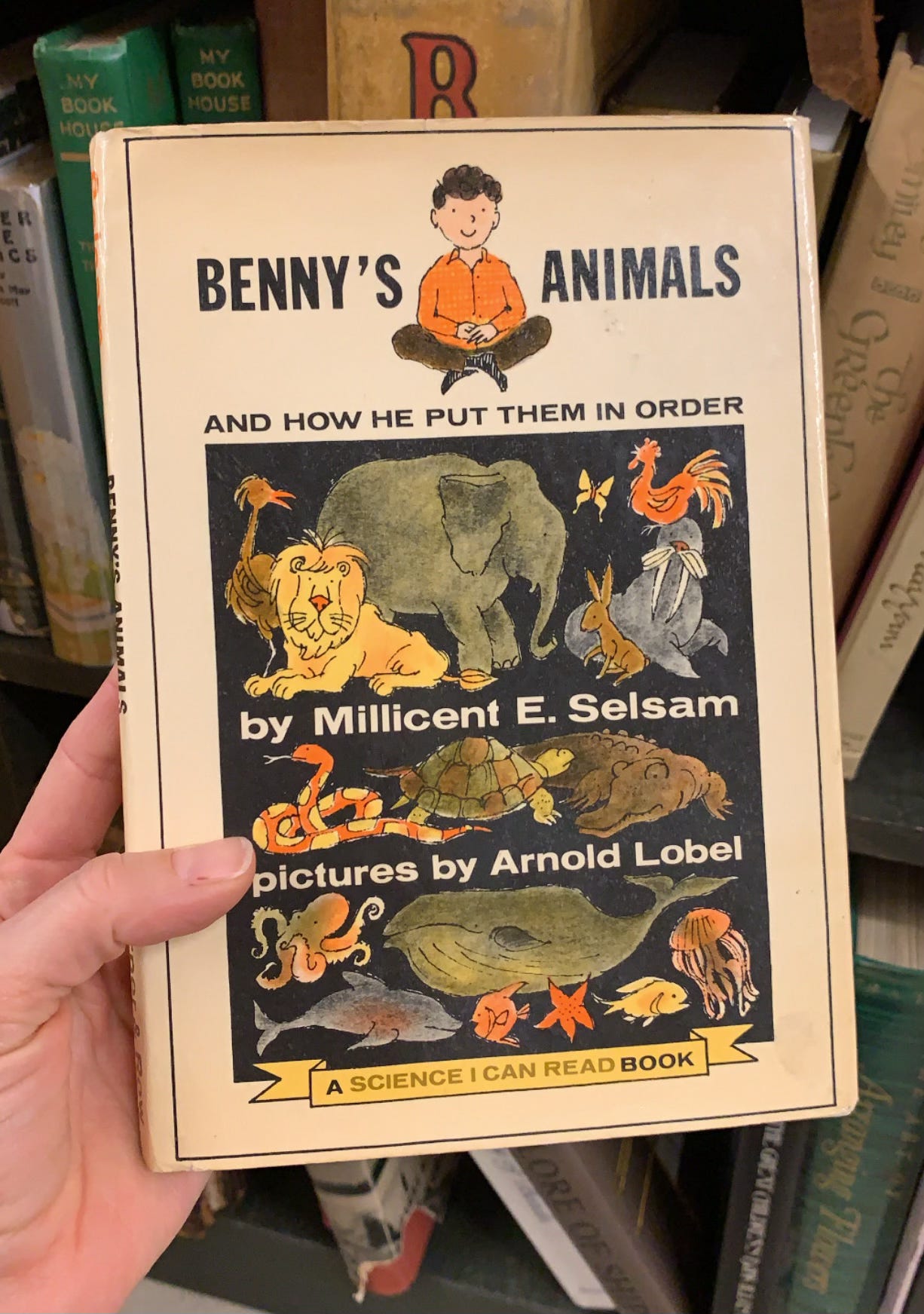

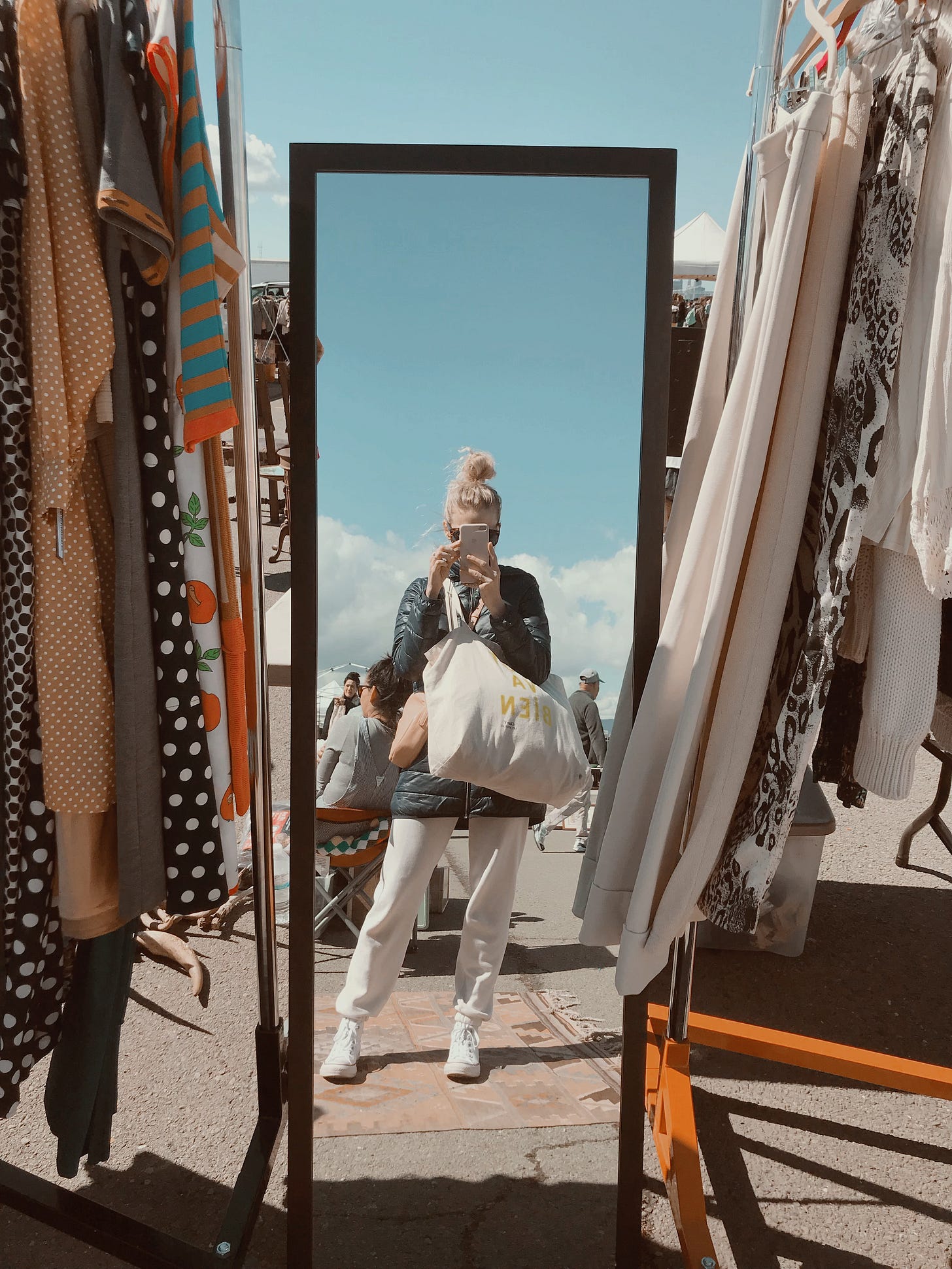
I may have to take a long lunch and go to my local second hand bookstore after reading this!
One of my all-time favorite activities :) Just need to make sure I have at least a few hours set aside to do it — I’m doomed to frustration if I can’t look through EVERYTHING.